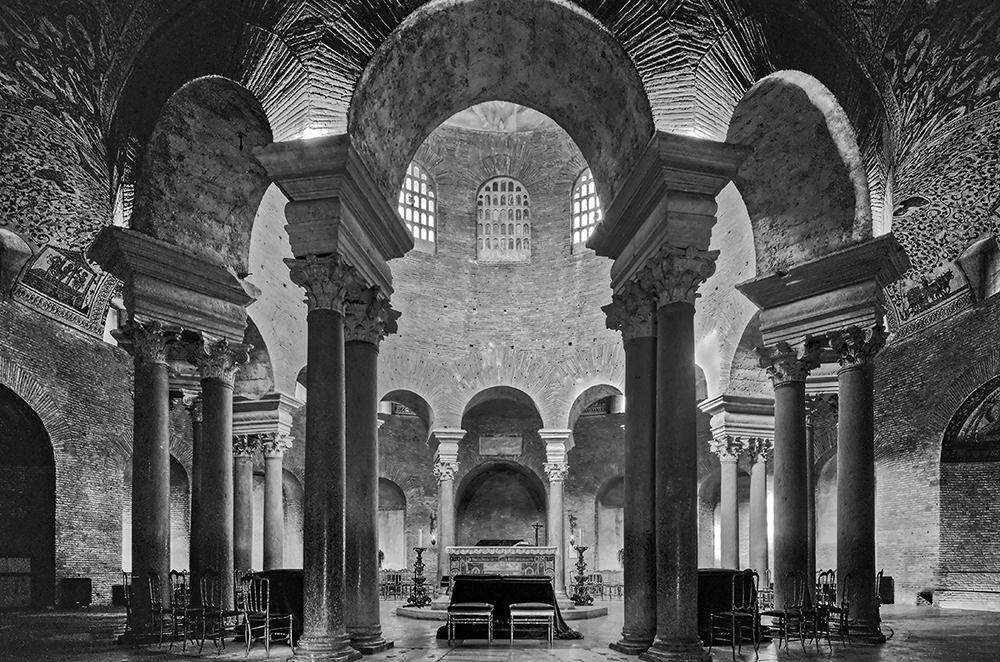Since 1885, the Chelsea Hotel has seen more than its share of artists, musicians, writers, and celebrities.
Sid Vicious from the Sex Pistols, Before Sunrise star Ethan Hawke, filmmaker Milos Forman, and beat poet Herbert Huncke have all called it home at one time or another. Jack Kerouac wrote On the Road there; Arthur C. Clarke penned 2001: A Space Odyssey within its walls.
Those days are pretty much done with now. The hotel changed hands a few years back and has been closed for renovations. It’s transitioning away from a residential hotel, toward a more traditional role for overnight guests.
Luckily, the work of award-winning photographer Linda Troeller – who lived on the Chelsea’s ninth floor for 20 years – has now been published in a new book from Schiffer Publishing.
Troeller did it for two reasons: “First, to unify and remind the culture of the value of artists living in locations near each other, and the power of their imaginations and how it grows exponentially,” she says.
She’s also concerned with enabling legislation to house artists when renovation takes place in the buildings where they live. “I dedicated the book to all the people who had to move out after the sale,” she says. “It’s worth fighting for these kinds of communities.”
Of the 150 people who once called the Chelsea home in half the hotel’s 300 rooms, only 30 remain today. They moved out when their rooms were renovated, then back as each room was completed. Attrition for those residents is likely to take its toll over time, after the hotel opens up in late 2016.
With Troeller’s book, though, it’s reputation is now cemented firmly in the cultural annals of New York. “Most people think of Sid and Nancy and the guitars and all that, but you know Suzanne Bartsch, the party queen of New York, lived here,” she says. “She just had a show at FIT of her evening wear.”
Her book depicts how that artists’ community lived and worked together during the past two decades – with a bittersweet goodbye to it all. “I can’t go back,” she says. “They’re making my room into a giant suite.”
Still, there are the photographic memories of people and spaces. “This book is an ode to some of those things,” she says.
If only the walls could talk.
[slideshow id=1523]


